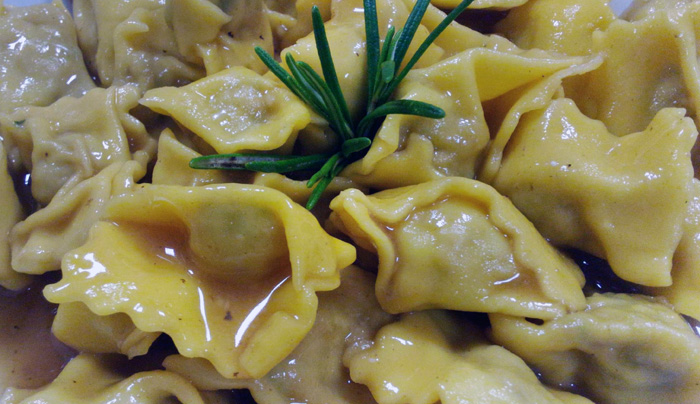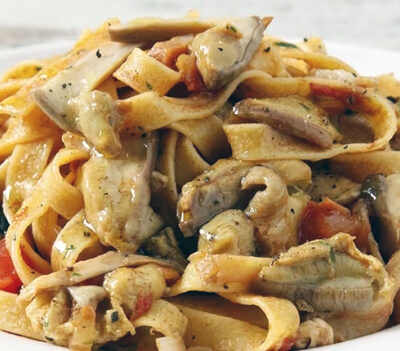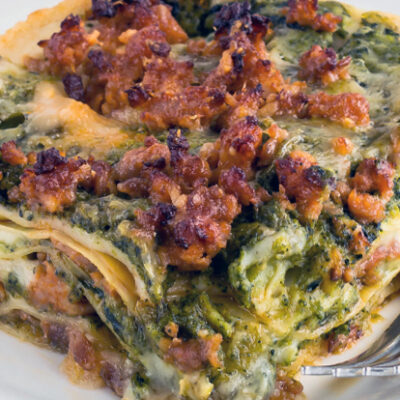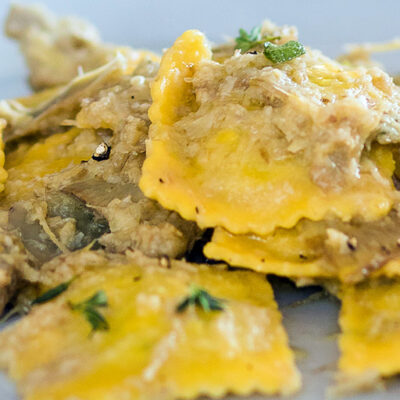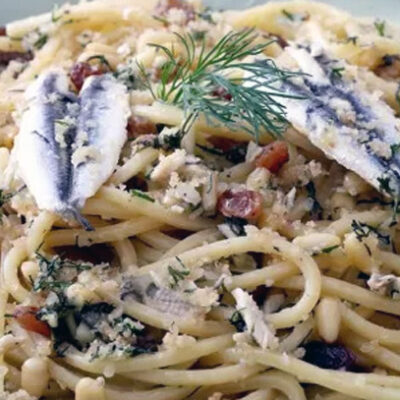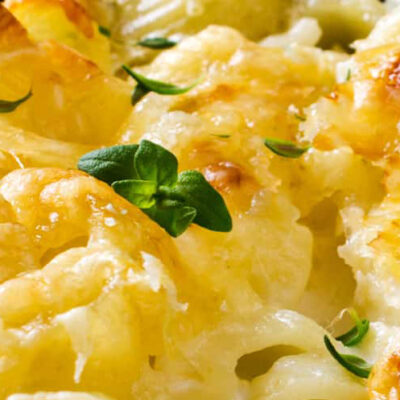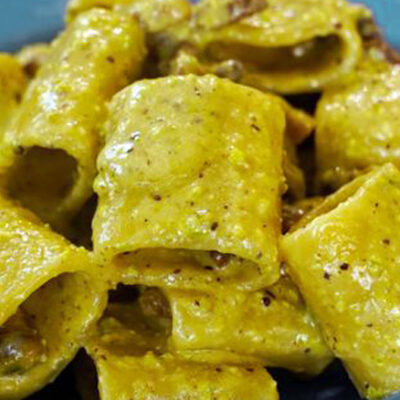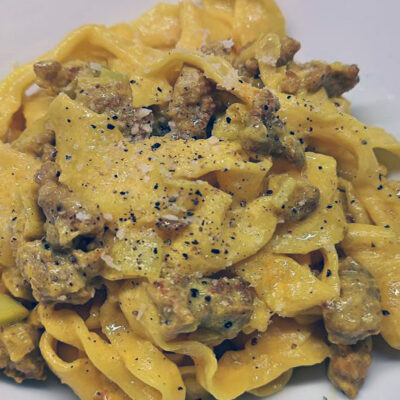Directions
Agnolotti are one of the most iconic dishes of the Piedmontese culinary tradition, celebrated not only in Italy but also abroad for their exquisite flavor and simplicity. These delightful stuffed pasta squares hail from the Piedmont countryside, where home cooks traditionally used leftover meat to prepare them, making this dish not just a culinary delight, but also a testament to creativity and sustainability in the kitchen.
Origins and Regional Variations of Agnolotti
The craft of making agnolotti varies throughout each corner of Piedmont. In the regions of Monferrato and Turin, the filling typically features a mix of pork and veal, often enriched with brain. In Canavese, however, a different twist is introduced with the addition of cabbage and sausage to the filling. In the areas of Tortona and Alessandria, braised beef takes center stage, flavored with the cooking juices from the braising process. Additionally, the Langhe region is renowned for its agnolotti “al plin,” known for their unique boat-like shape and filling that consists solely of meat.
Traditionally, agnolotti were served with a meaty sauce accompanied by vegetables. In contemporary cuisine, they are often paired with lighter toppings, such as melted butter and sage, or a rich, flavorful ragù.
Explore More Scrumptious Piedmontese Dishes
Beyond agnolotti, Piedmont’s culinary heritage boasts a wide array of delectable recipes. Noteworthy dishes include:
- Ravioli del plin served with brown broth
- Tajarin made with 30 egg yolks and sausage ragù
Preparing Agnolotti: Ingredients and Steps
The journey of creating agnolotti begins with the essential egg pasta, which is critical for achieving the perfect texture. Start by sifting flour into a bowl, adding a pinch of salt, and cracking in the eggs. Utilize a mixer to blend the ingredients into a smooth, homogeneous dough. Allow the pasta to rest for at least an hour, wrapped in cling film. During this time, prepare a hearty meat broth that will enrich both the filling and the cooking process for the agnolotti.
Crafting the Filling: Meat and Cooking Techniques
For the filling, careful cooking of the meat is paramount. In a large pan, melt some butter over very low heat, then add finely chopped onion and garlic. Pour in a ladle of broth to maintain moisture and prevent burning the onion and garlic. Add the meat in chunks, starting with beef, followed by veal, and finally pork loin. Throughout the cooking, continue to add broth and season with salt and pepper until a thick, aromatic base develops.
Preparing the Vegetables: Cabbage as a Key Element
While the meat is cooking, you can begin preparing the cabbage. Blanch two leaves in salted water until tender. Once ready, remove them and let them drain on a tray. In a blender, combine the cooked meat with the cabbage, blending until the mixture is smooth. In a separate bowl, beat an egg with freshly grated nutmeg and some Parmigiano Reggiano cheese.
Assembling Agnolotti: An Art of Tradition
To form the agnolotti, take the chilled pasta and roll it out with a rolling pin until it is thin. Using an agnolotti stamp can greatly simplify the assembly phase. Lay down a sheet of pasta in the mold, fill each section with the meat and cabbage mixture, and then cover it with another sheet of pasta. Ensure the edges are well-sealed to prevent the filling from escaping during cooking.
Cooking and Serving: A Moment of Sharing
Bring a pot of broth to a boil, and once the agnolotti start to float, they are ready to be drained. Serve them with a meat sauce or simply with melted butter and sage, creating a dish that will delight every palate.
In conclusion, agnolotti are not merely a first course; they embody the essence of traditional Piedmontese cuisine, merging history, culture, and authentic flavors. Preparing them with care and passion not only celebrates their culinary richness but also offers an opportunity to share special moments with loved ones.

